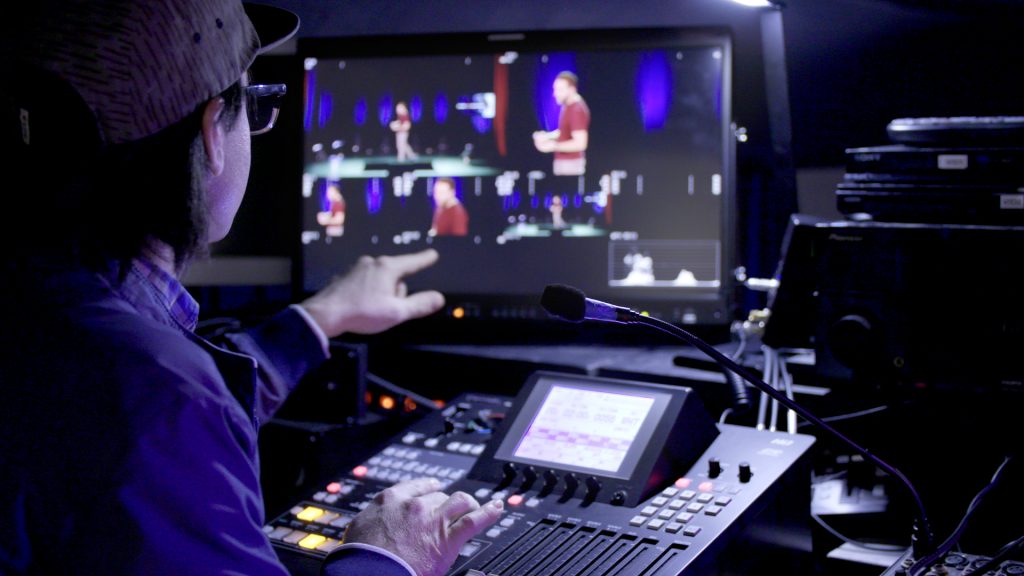Highlighting the Influence of Illumination Techniques on the Craft of Video Projections Mapping
Highlighting the Influence of Illumination Techniques on the Craft of Video Projections Mapping
Blog Article
Motion mapping projection is an exciting creative form that combines tech and creativity to convert common surfaces into remarkable visual exhibits. This method entails casting images and footage onto three-dimensional objects, such as structures, sculptures, or platforms. One of the most crucial elements in producing successful mapping is the use of efficient lighting methods. Proper lighting improves the visual components of the display and ensures that the visuals are clear and captivating. This article examines the impact of illumination techniques on video mapping and how they can elevate the complete encounter.
Lighting plays a crucial part in motion mapping because it sets the mood and feel of the exhibit. Different illumination techniques can elicit various feelings and responses from the audience. For instance, using soft, warm lights can create a welcoming environment, while vivid, cool lights may produce a more dynamic or intense impact. By thoughtfully selecting light colors and brightness, creators can influence how audience interpret the projected images, leading to a more immersive experience. The equilibrium between mapping luminance and ambient light is essential, as it can significantly affect the clarity and effect of the images.
In addition to, color and intensity, the direction of light also affects the efficacy of projection. Lighting from different directions can generate contrast and accents that add depth to the projected images. This technique, known as chiaroscuro, can enhance the 3D quality of the subjects being mapped. Furthermore, using moving lights can introduce dynamism to the display, making the experience more engaging for the audience. When the illumination collides with the mapped images, it can produce an effect of motion and change, grabbing the audience's focus.
Another important element of illumination in mapping in the use of unique effects. Techniques such as gobo lighting, which uses patterns and forms to filter light, can add texture and complexity to the projections. This approach allows artists to layer more helpful info images and produce visually stunning effects that complement the mapping. Moreover, adding laser lights or light-emitting diode illumination can additionally improve the exhibit, providing a distinct mix of sight components that attract the viewers in. These unique features, when used carefully, can transform the mapping beyond a simple display to an immersive piece of art.
In conclusion, the influence of lighting techniques on motion real time video mapping mapping is significant. By comprehending how various illumination components connect with projected images, artists can create captivating experiences that resonate with audience. The thoughtful choosing of hue, brightness, direction, and unique effects allows for a vivid tapestry of visual storytelling. As technology advances to evolve, the options for artistic showcasing in projection will only grow, making illumination an increasingly vital aspect in this progressive creative medium.